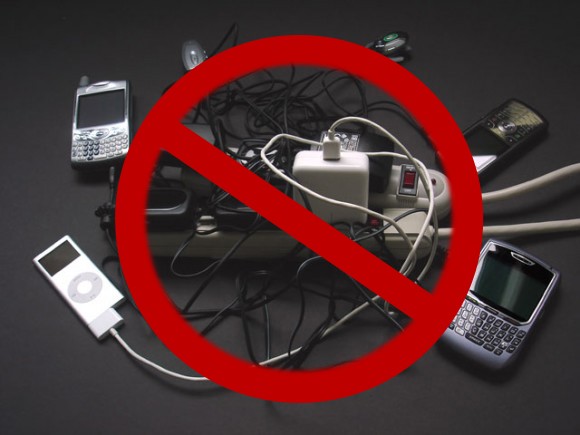New Wi-Fi technology could one day allow wireless tablet and smartphone charging, eliminating annoying bird's nest cords. Tech scientists are developing wireless charging from a maximum distance of 30 feet (9.1 m) that would eliminate tangled cables.
Researchers at the University of Washington (UW) are developing new tech called "Power over Wi-Fi." It uses existing wireless networks to eliminate the need for charging cords.
Vamsi Talla, one of the project's researchers noted that the Wi-Fi's "huge infrastructure" already exists. A practical application is to channel the structures' wireless power to homes and offices, for functions such as tablet charging.
"Power over Wi-Fi" converts pre-existing radio frequency (RF) power into direct current (DC) power, through access point Wi-Fi routers. It uniquely requires no dedicated hardware, according to Times Union.
One technical glitch is that the maximum power output for one router is limited. Researchers solved the problem.
UW scientists used router software that causes the wireless hardware to transmit power signals when user traffic is below a lower limit, according to CS Monitor. The three-channel power transmission allows for a continuous connection during device charging, without overloading any single Wi-Fi channel.
Another application of the new Wi-Fi technology is to power up the Internet of Things (IoT). This is practical due to the increasing number of small, low-power devices in today's homes and offices.
Interestingly, the science of wireless technology is a revival of Nikola Tesla, an inventor and electrical engineer who created the alternating current (AC) system. Today, the success of wireless power has not matched that of wireless communication.
Field tests of the new Wi-Fi technology included a surveillance camera 17 feet (5.2 m) from a wireless router, and rechargeable batteries. The researchers verified from the field experiments that the new system does not affect surfing speed.



























